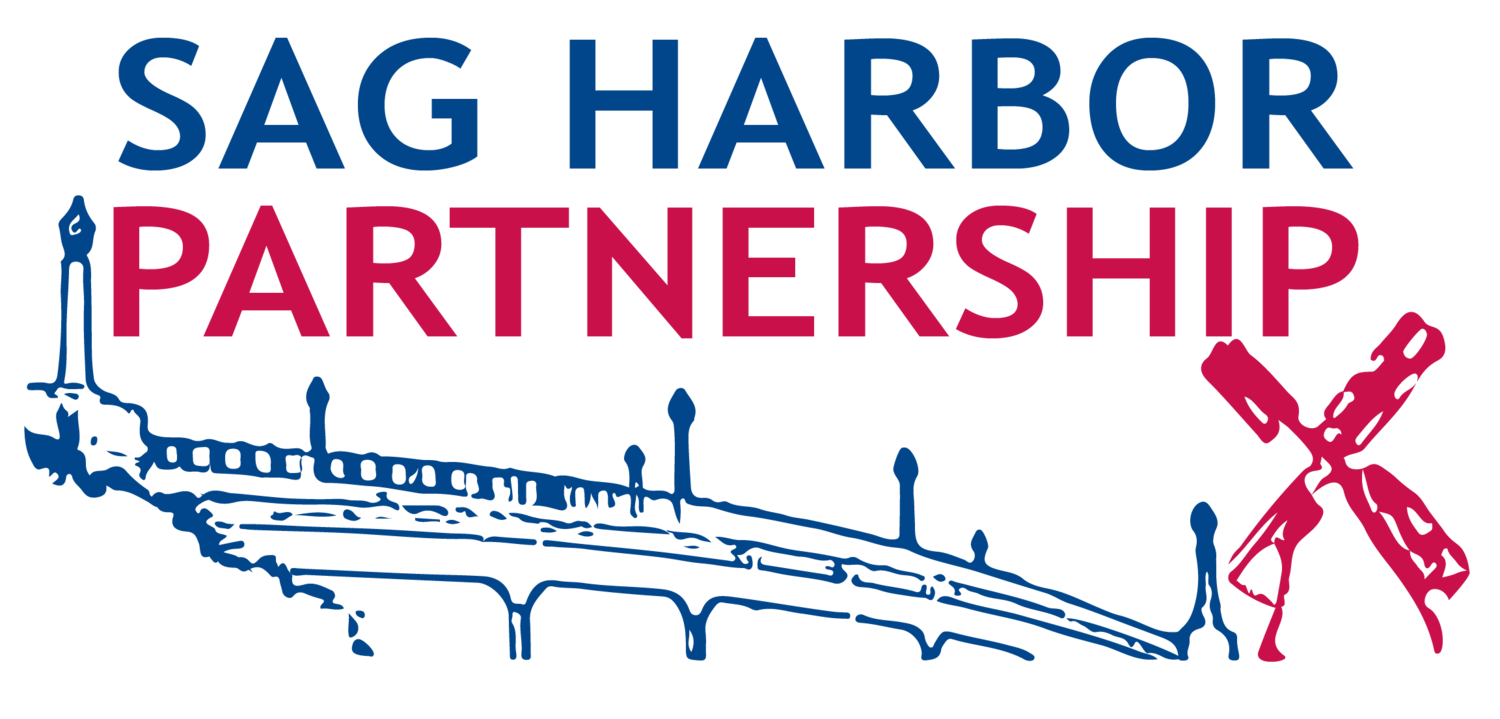Sag Harbor Water quality Initiative
Inspired by Dr. Christopher Gobler’s annual State of the Bays report in 2016, members of the Sag Harbor Community banded together to form the Sag Harbor Water Quality Initiative (“SHWQI”). Beginning in 2018, the bays, coves, outfall pipes and, recently, storm drains have been sampled and tested annually by the Gobler Lab which is part of the School of Marine and Atmospheric Studies at Stony Brook University.
The Sag Harbor Partnership is proud to have been a steady partner and donor to this important work contributing 25% of the funds needed since inception.
Based on results from these studies, grants have been received to finance green infrastructure projects that mitigate the flow of stormwater bearing nitrogen and pathogens to our waters. Examples are the three rain gardens at Havens Beach {(Peconic Estuary Partnership (“PEP”)], the stretch of rain gardens along the northern edge of Marine Park (East Hampton CPF) and one at the Amherst Road end (Southampton CPF). In addition, PEP paid for pervious pavers along Bay St which allow storm water to seep into groundwater.
Stormwater pollution, along with pathogens also contains high levels of nitrogen which in our waters fertilizes algae. Almost every year Sag Harbor waters have a Harmful Algae Bloom (“HAB”) which, in the Peconic Estuary, has led to turtle die-offs, and in general, is injurious to eel grass, the foundation of the “nursery” for fin fish and shell fish.
A further recommendation from Dr. Gobler is to encourage the replacement of traditional septic systems with the nitrogen reducing Innovative/Alternative septic systems which can cut the nitrogen load of the effluent by ~75% or more.

